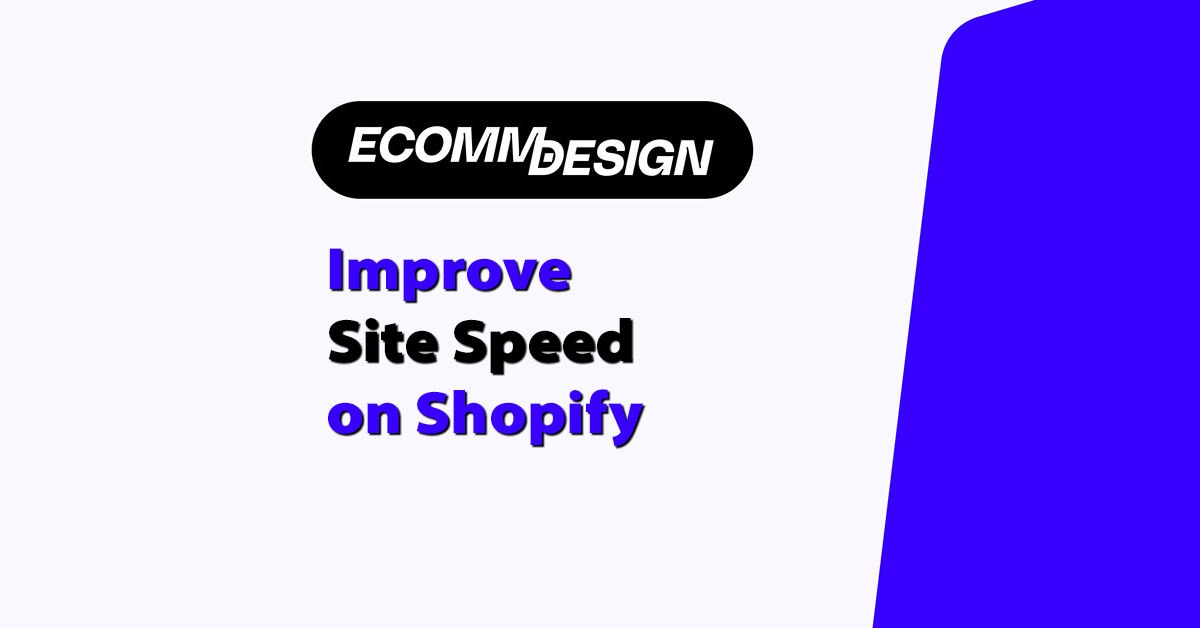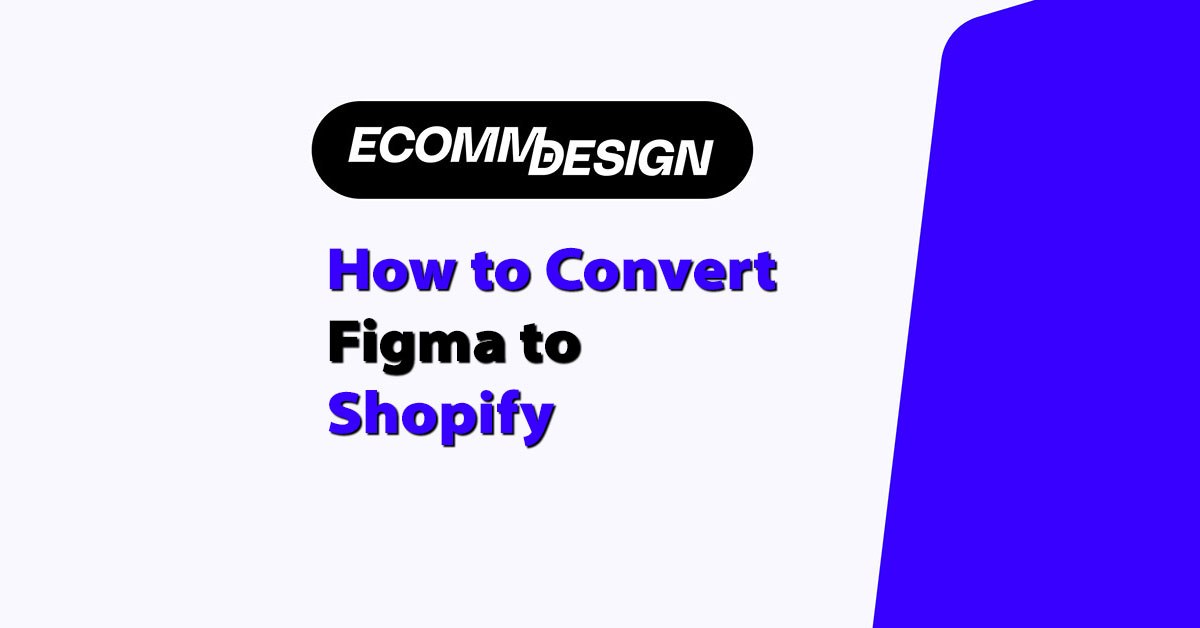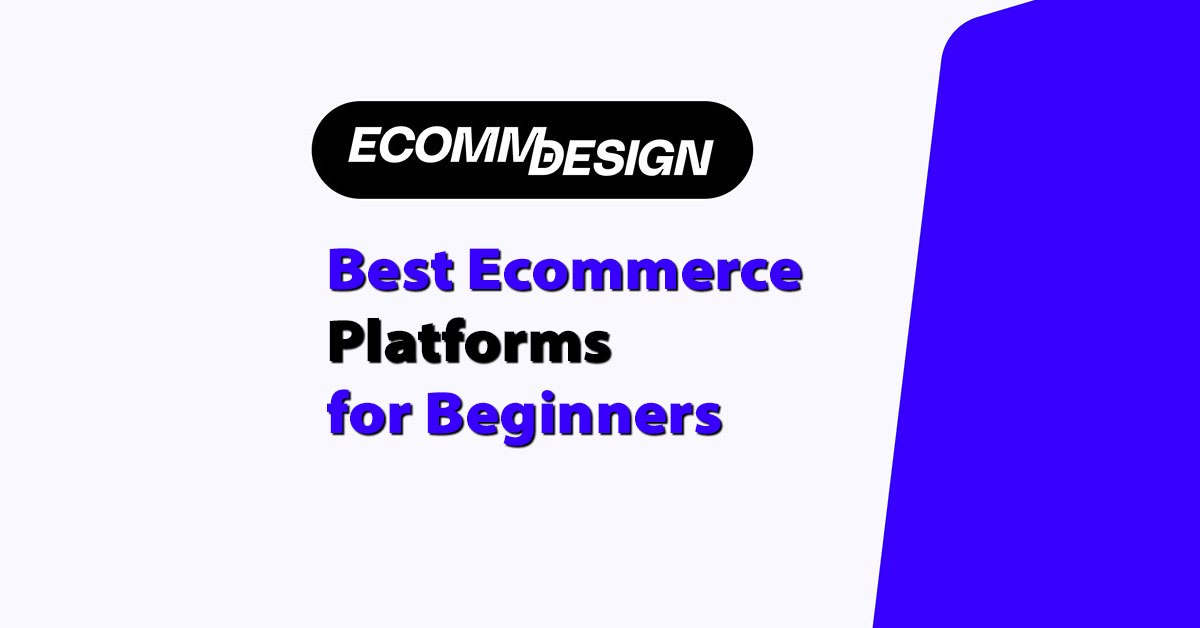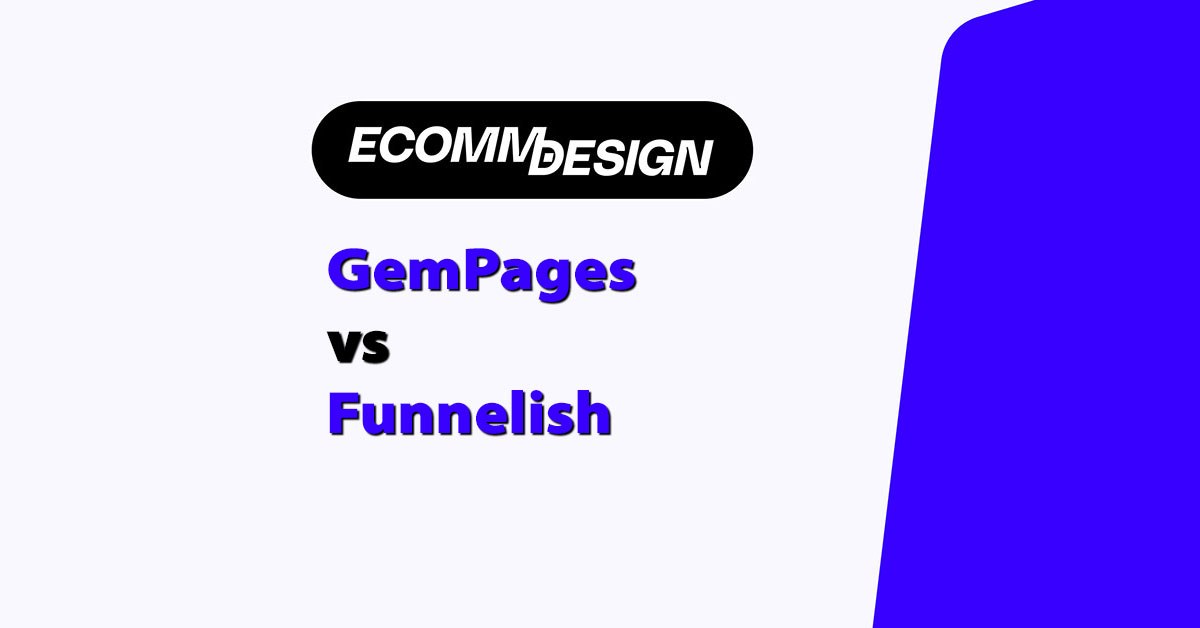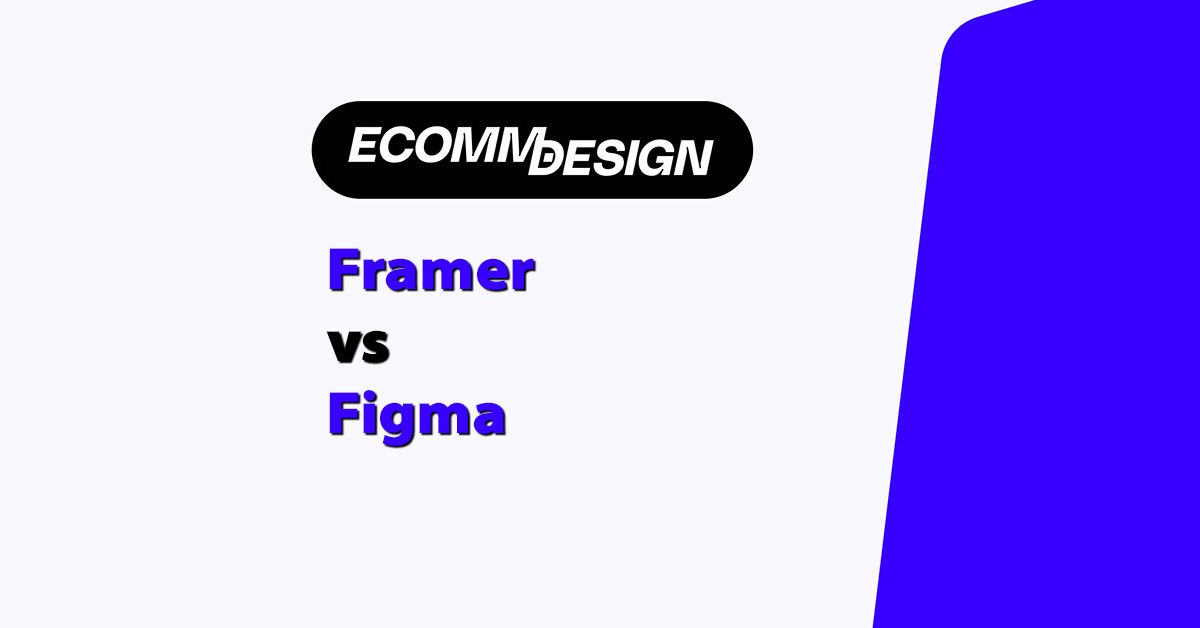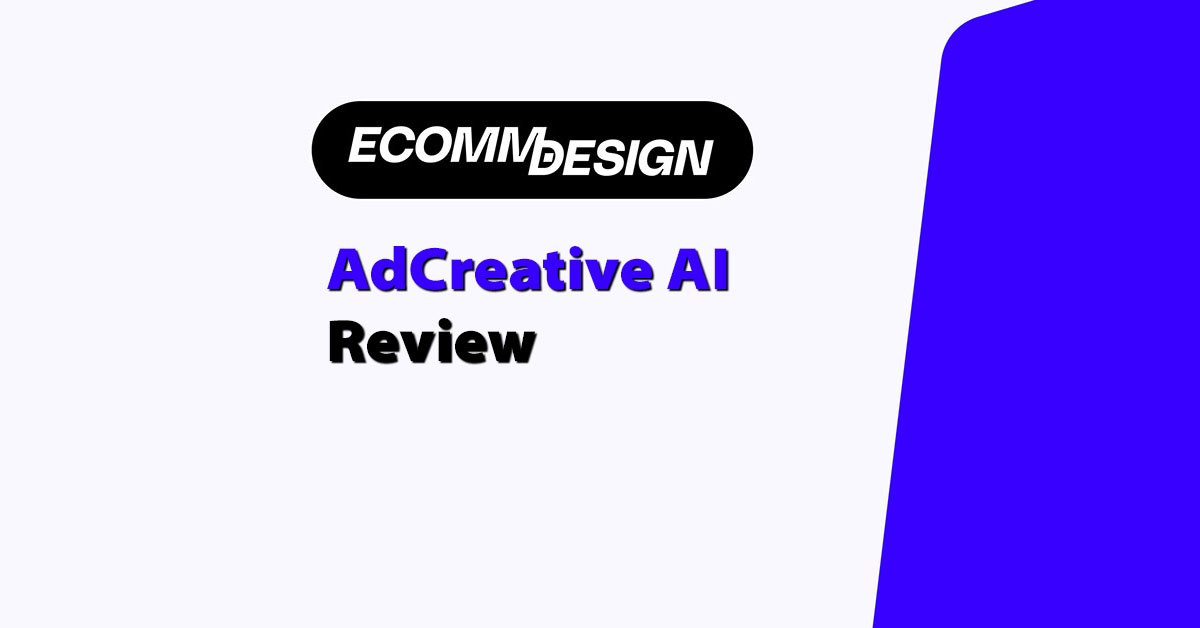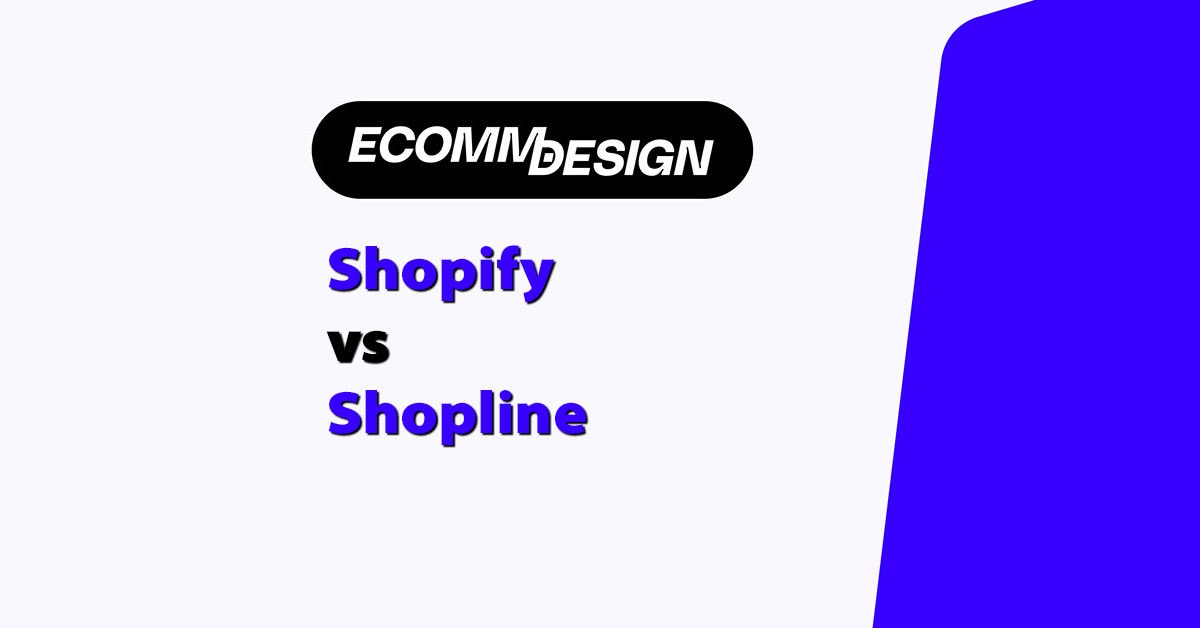
Shopify and Shopline are two seriously powerful ecommerce platforms that let you build and manage an online store – but which one is best for your business?
To figure that out, I’ve put both platforms through their paces in just about every key area that matters to store owners – from how much they cost and how flexible the design options are, right through to sales features, payment options, SEO capabilities and international support.
Wherever you are in your ecommerce journey – whether you’re just starting out or you’re running a well-established brand – choosing the right platform is going to have a huge impact on how smoothly things run, how quickly you can scale, and how much you sell in the end.
Based on my hands-on experience, I have to say that Shopify is probably the better choice for most businesses – especially if you’re looking to sell into different countries or want the very best design and marketing tools.
But Shopline isn’t far behind at all – and for businesses that are really focused on Asian markets, particularly those selling into Chinese-speaking regions, it’s got some clear advantages when it comes to localization and regional tools.
Let’s break down the key differences.
